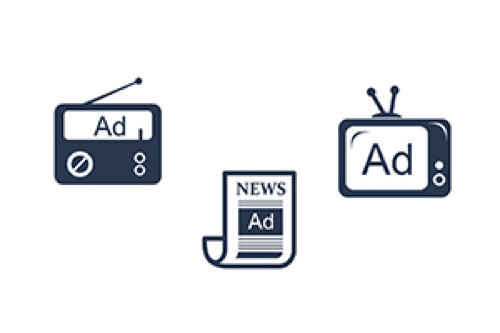Many shop owners get into trouble by throwing their money at just about every advertising opportunity that comes along. Their intentions are good, but more often than not they end up wasting a lot of money, and bringing in the wrong customers. So putting first things first, as every successful business owner will do, you need to identify your ideal customer, then create a plan that targets that individual. Dig into your customer database to find the customers that have spent the most money with you over the years, have been the easiest to work with, and have visited you most frequently. You will find many of them use similar makes of engines, fall into a specific age range, are of a certain gender, and have similarities in education, income and lifestyle. Once you have identified your ideal customer, you should then direct the majority of your campaigns toward them.
Although there is no one number that is the right budget for every shop, a good starting point is to invest 5% of your targeted sales into your campaigns. If you are doing $750,000 in annual sales, but your goal is to generate $1,000,000 in sales, then you should invest 5% of the $1,000,000. The second question you need to ask yourself is “where” to invest it.
Many marketing “experts” will tell you that you need to invest X% of your budget into direct mail, X% into web marketing, etc. In reality, that’s not the best approach because different shops are going to have different targeted customers, so the media that is best for one shop may be the wrong choice for another. We recommend that you adjust your investment seasonally so you can ensure your shop is filled each and every month, and also recommend investing no more than 50% of your budget into traditional media (which would include brand development, display ads, direct mail campaigns, etc.). The balance should be invested into non-traditional media like customer referral programs, community fundraisers, car care clinics, etc. Lastly, we strongly encourage all of our clients to direct a good portion of their non-traditional campaigns toward the Y Gen’s and Millennials, as they are the future of your business.
The only way you will know what works is by monitoring and measuring the results, so make sure you have a policy in place where every first-time customer is asked, “By the way, do you mind if I ask who referred you to us?” Not only will this prompt the customer to volunteer the media that caused them to reach out to you, but in many cases you will find that they were referred by friends, which will give you the opportunity to call those individuals and thank them for their trust in you.
You also need to track every dollar that you invest in your campaigns, then do the math to discover how much it cost you to generate each lead, and the average dollar amount generated by each media. You should bear in mind that brand awareness campaigns such as signs, car care clinics, billboards, etc., may not reflect an immediate return on investment, but study after study has shown that brand awareness advertising gives a better net return than call-to-action price ads.
Lastly, never forget that every dollar you invest will cost you many times over if you don’t deliver outstanding service. The reputation you have in your community, your professionalism and your commitment to ethics are what will enable your campaigns to help you keep your bays full with the right kinds of customers for years to come.
For additional help building a more successful business, learn more about how you can work 1-on-1 with one of the top shop owners in America through the Elite Coaching Program.
Article courtesy of Shop Owner











